Salt is one of the most fundamental ingredients in cooking, used to enhance flavors, preserve food, and even change the texture of certain dishes. However, not all salts are the same—each type has unique characteristics that can affect the taste and quality of your meals. Understanding the different types of salt and their best uses can help you take your cooking to the next level. Here are five essential salts and how to use them effectively.
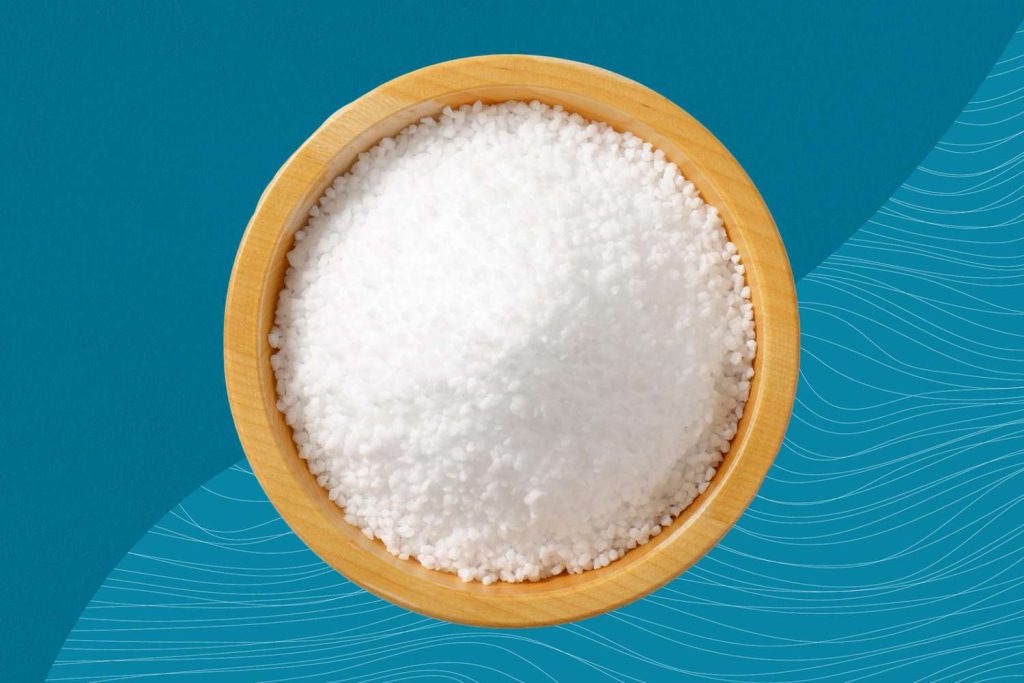
Kosher Salt
Best for seasoning meats, brining, general cooking. Kosher salt is a favorite among chefs due to its coarse texture and pure, clean taste. Unlike table salt, it does not contain iodine, which can sometimes add a slightly metallic flavor. Kosher salt’s larger crystals make it easier to control when seasoning by hand, ensuring even distribution without over-salting.
One of the best uses for kosher salt is seasoning meat before cooking. Its texture helps draw out moisture, creating a better crust when searing steaks or roasting chicken. It’s also widely used in brining, as its ability to dissolve quickly allows for better absorption into proteins, resulting in juicy and flavorful meats.
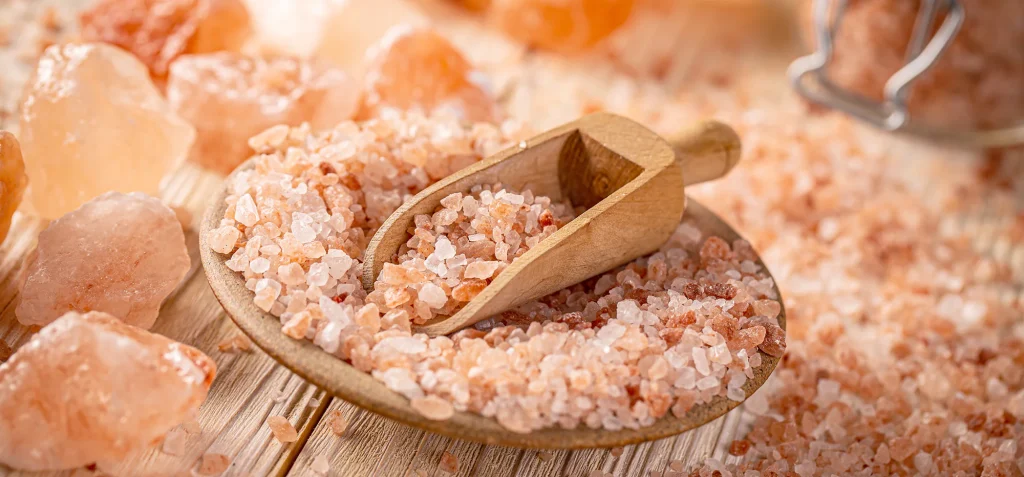
Sea Salt
Best for finishing dishes, seasoning salads, enhancing delicate flavors. Sea salt is harvested through the evaporation of seawater, making it rich in natural minerals that add depth and complexity to dishes. It comes in various textures, from fine grains to large, flaky crystals. Unlike processed table salt, sea salt has a more nuanced flavor, making it ideal for finishing dishes.
Flaky sea salt, such as Maldon salt, is especially popular for sprinkling over roasted vegetables, grilled meats, and even desserts like chocolate or caramel. Its light, crisp texture provides a satisfying crunch, enhancing both taste and presentation. Fine sea salt, on the other hand, can be used as a general seasoning in place of table salt.
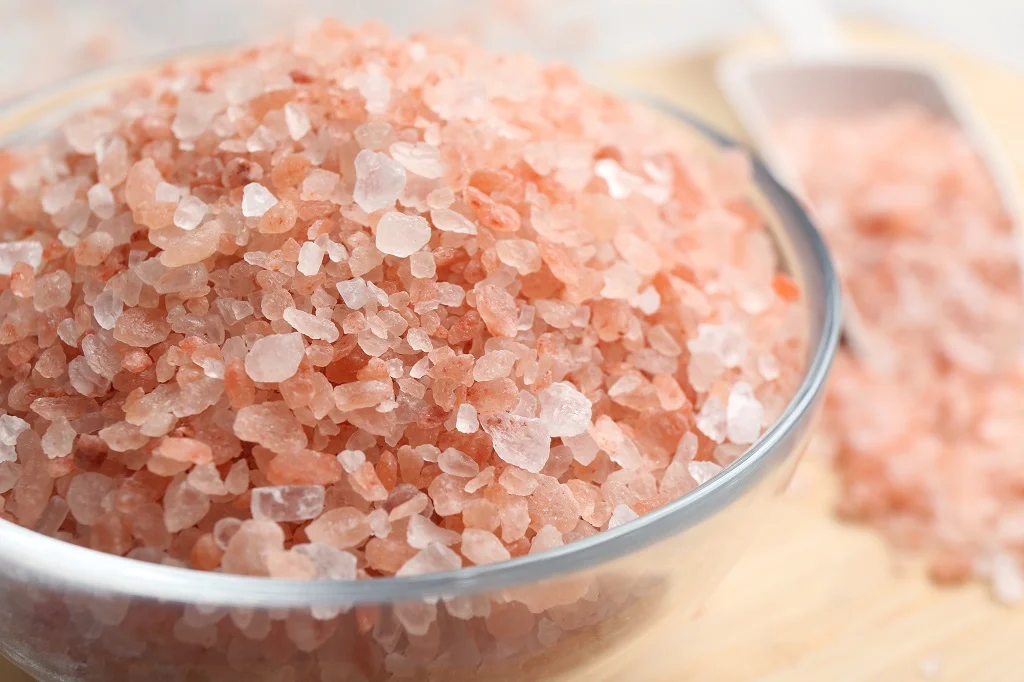
Himalayan Pink Salt
Best for finishing dishes, grilling, seasoning vegetables. Himalayan pink salt is mined from ancient salt deposits in the Himalayan mountains and is known for its distinctive pink color, which comes from trace minerals like iron, magnesium, and potassium. It has a slightly milder flavor than regular table salt, making it a versatile choice for seasoning various dishes.
One of the unique ways to use Himalayan salt is in salt blocks—large slabs of Himalayan salt that can be heated and used for grilling or serving cold foods like sushi. Cooking on a salt block adds subtle seasoning while imparting a beautiful, mineral-rich taste to meats, seafood, and vegetables. It can also be used as a finishing salt for a touch of natural elegance.
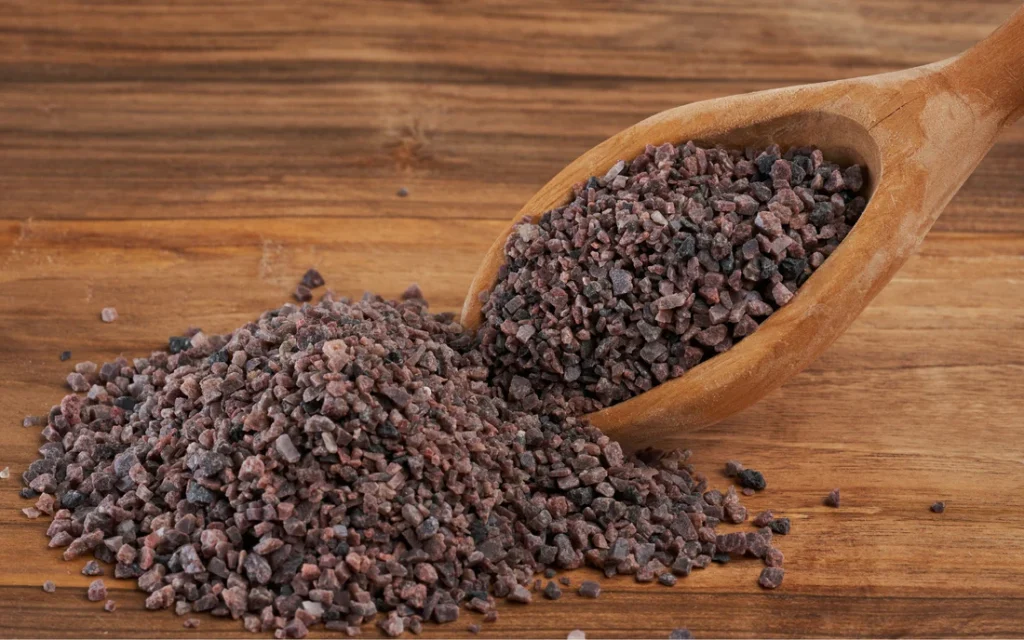
Black Salt (Kala Namak)
Best for vegan cooking, Indian cuisine, adding umami flavors. Black salt, or Kala Namak, is a volcanic rock salt with a distinct sulfuric aroma, giving it an egg-like taste. This makes it a popular choice in vegan cooking, where it is often used to mimic the flavor of eggs in dishes like tofu scrambles, vegan omelets, and chickpea flour pancakes.
In Indian cuisine, black salt is commonly used in chaat, fruit salads, and chutneys, adding a tangy, umami depth that enhances the overall taste. Its unique pungency makes it a great addition to spice blends like chaat masala and raita. Due to its strong flavor, black salt should be used sparingly to avoid overpowering a dish.
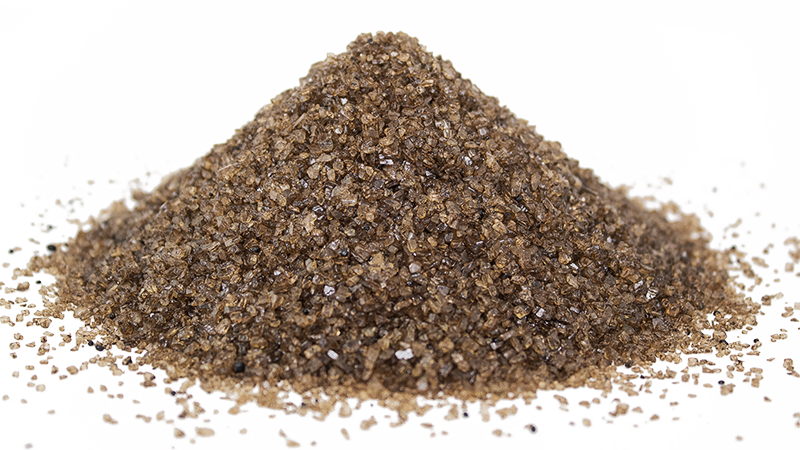
Smoked Salt
Best for BBQ dishes, grilled meats, adding smoky depth to soups and stews. Smoked salt is sea salt that has been naturally smoked over wood, such as hickory, applewood, or mesquite. This process infuses the salt with a deep, rich smokiness that can add a barbecue-like flavor to foods without needing a grill.
It works particularly well as a finishing salt for grilled meats, roasted vegetables, and even soups or stews where a smoky depth is desired. Sprinkling smoked salt over mashed potatoes or avocado toast can also introduce a bold, unexpected layer of flavor. It can be a fantastic substitute for liquid smoke in recipes where a dry ingredient is preferred.

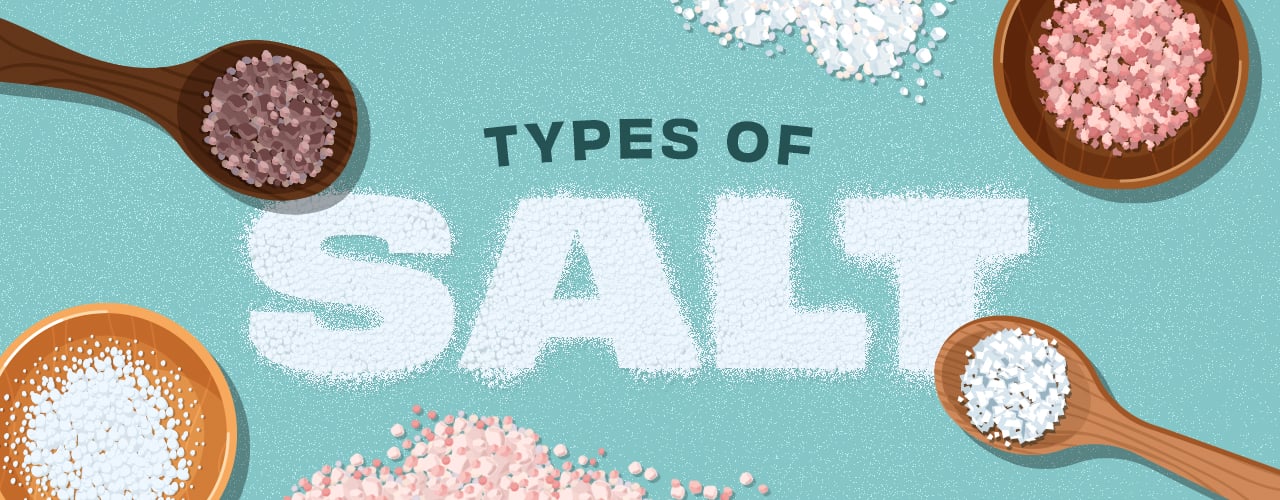
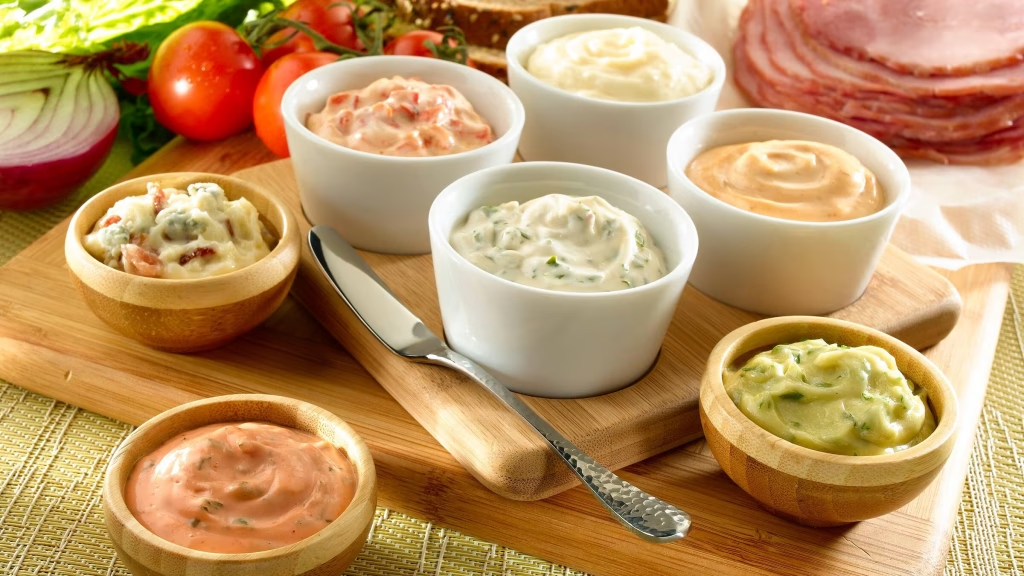


Leave a Reply